Finally, an Amber Alert for Indigenous Women
A new Showtime docuseries investigates homicides and disappearances in Indian Country.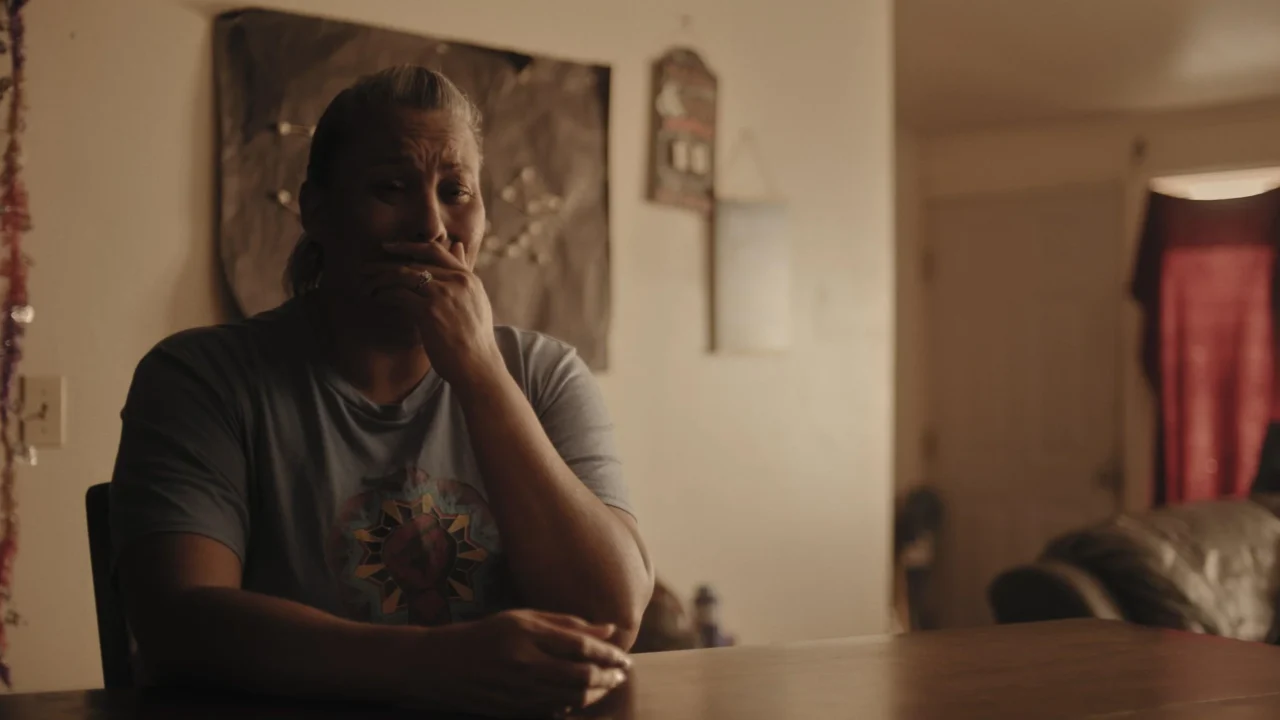 Paula Castro in Murder In Big Horn. Photo: Courtesy of SHOWTIME
Paula Castro in Murder In Big Horn. Photo: Courtesy of SHOWTIME
“Murder in Big Horn,” a new three-part documentary on Showtime, leaves us with as many questions as it answers. Co-directed by Oglala Lakota/Diné Razelle Benally and Matthew Galkin, the series investigates the circumstances surrounding the young murdered and missing Indigenous women (MMIW) in Big Horn County, Montana.
According to the CDC, in 2018 “Homicide was the sixth leading cause of death among AIAN [American Indian Alaskan Native] females aged 1–44 years.” “Murder in Big Horn” documents these grim statistics through the stories of dozens of young Native women from Montana’s Crow and Northern Cheyenne Nations who have vanished and/or been found dead in the last decade, not far from the battlefield where Custer’s Last Stand was fought. As Showtime’s series exposes, the law enforcement and mainstream media responses to MMIW have historically been lackluster and underwhelming, and often irresponsible. Few suspects have been apprehended and charged, let alone convicted in connection to these slayings and disappearances. Cases are rarely satisfactorily closed.
Relatives of the missing frequently encounter indifference from those supposedly sworn to protect and serve the public. In December 2018, when her 14-year-old daughter Henny Scott didn’t return home, Paula Castro filed a missing person report, but officials “did not take it seriously,” she says in “Murder in Big Horn.” Henny’s father, Nathan Stops, adds there was “no search, no amber alert. We had to do our own investigation, search.”
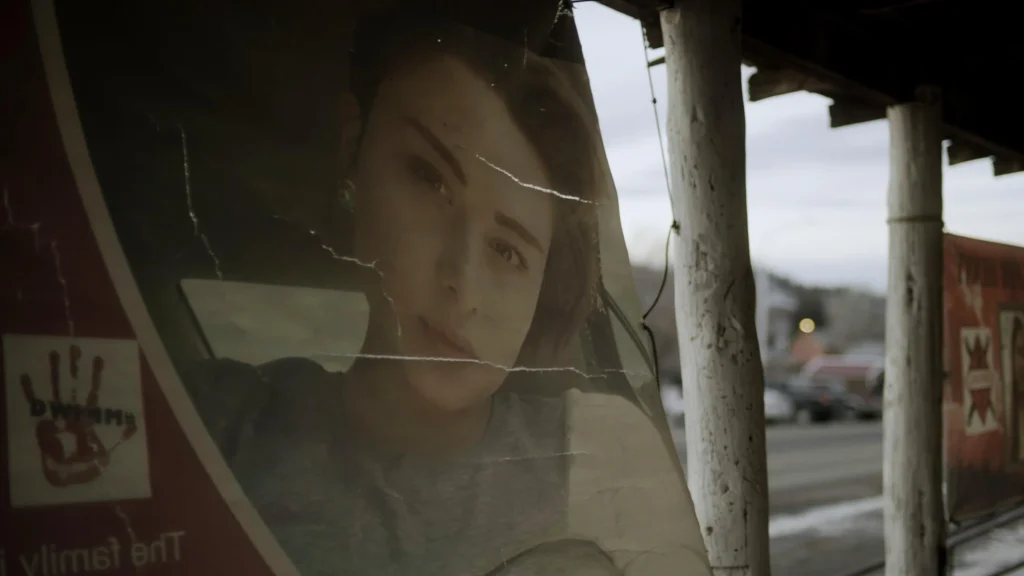
According to the lawyer for Henny’s family, Cherokee Nation citizen Mary Kathryn Nagle, victims’ families also contend with jurisdictional disputes between local, state, reservation and federal authorities – in this case, the Big Horn County Sheriff’s office, the Montana Department of Justice, FBI, Bureau of Indian Affairs, etc. – which can hamper police probes. Nagle, legal counsel of the National Indigenous Women’s Resource Center, laments that “the BIA has no jurisdiction over crimes committed by non-Indians.” Strange, suspicious circumstances often surround these crimes, too, including corpses showing up in plain sight after exhaustive search parties conducted by community volunteers have already scoured the countryside.
Henny’s cadaver was mysteriously found weeks after she disappeared only about 150 yards from where she was last seen near Lame Deer, Montana. Although the chief medical examiner ruled Henny’s cause of death was hypothermia, Stops, a hunter, wonders, “How come no animals found her?” Castro asserts Henny was wearing different clothes since she had last been seen and also that she had bruises, scratches, burns and a broken nose. “I know something happened out there,” insists Henny’s mother, who strongly suspects her daughter’s death was caused not by exposure to the elements but by foul play.
With few exceptions, particularly by some regional press, news coverage has left much to be desired. For example, while the case of Natalee Ann Holloway ignited a national media feeding frenzy after the 18-year-old blonde went missing in Aruba in 2005, the killings and vanishings of MMIW have generally flown under the radar of most mainstream media, as well as Hollywood productions. One rare program to take on the subject, the ABC TV series about newspaper reporters investigating MMIW in the 49th state, “Alaska Daily,” co-starring Hillary Swank — who was Golden Globe-nominated for her role as journalist Eileen Fitzgerald in the Anchorage-set drama — and Inupiaq, Yup’ik, Cree actress Irene Bedard, the voice of “Pocahontas” in the 1995 Disney animated feature, has since its debut disappeared from network airwaves.
For these and other reasons, “Murder in Big Horn” shines a needed, welcome light on the epidemic of MMIW in what Luella Brien, former editor of the Big Horn County News, calls “the hottest zone, the most dangerous place in the country” for Native women. Like Brien, an Apsaalooké who graduated from the University of Montana School of Journalism and has resided on the Crow Indian Reservation, all of the docuseries’ interviewees are Indigenous family and friends and local law enforcers who have participated in the events chronicled onscreen. The co-directors also incorporate vintage photos and news and film clips, in historical sequences that tell this harrowing murder mystery.
“Murder in Big Horn” also documents the more recent deaths of 16-year-old Selena Not Afraid in 2020 and 18-year-old Kaysera Stops Pretty Places in 2021, among others. But why the continuing and disproportionate number of MMIW? The series places several suspects under the magnifying glass. Luella Brien proclaims, “Today’s problems go back to colonization.” Navajo attorney Lucy Simpson, executive director of the National Indigenous Women’s Resource Center, skewers “Indian boarding schools” with their racist motto: “Kill the Indian, save the man.”
“Murder in Big Horn” shines a needed, welcome light on the epidemic of MMIW in what Luella Brien, former editor of the Big Horn County News, calls “the hottest zone, the most dangerous place in the country” for Native women.
Crow Tribal Historic Preservation Officer Aaron Brien goes on to say, “We lost the way of life of our clan system. They molested our children who carry traumas forward… The Crows became reservation people in the 1860s” and were “prisoners on the reservation, confined to Crow country… The federal government is a lot of the reason we are the way we are…” Along these lines, Simpson lampoons “Manifest Destiny. We see these settlers as enemies. They take what they want. The governor of Georgia instructed soldiers to rape Indian women.” An image is shown from Disney’s “Pocahontas” — a fictionalization of an actual historical figure — depicting an over-sexualized girl; in reality, Pocahontas was only around 12 years old when she encountered John Smith in Virginia.
This historical framework leads to different conclusions. Some point a finger at the white population in general, and at Interstate 90 in particular, theorizing that the relatively new freeway is a pipeline for truckers, drug cartels and human trafficking. In 2020, the first season of the Montana-set ABC TV crime series, “Big Sky,” a truck driver and patrolmen are part of a sex trafficking ring, with many of its victims kidnapped at truck stops. (However, all of “Big Sky’s” captives are white, despite the fact that Indigenous women account for a disproportionately high number of trafficked women in the U.S.) All this leads Luella Brien to say that some Natives believe “white men are villains.”
Others dispute this narrative, including Big Horn County’s former Undersheriff Eric Winburn, who is white, and argues: “Native Americans don’t take responsibility. They use substances. There is not a white boogeyman – instead, they should take responsibility. I don’t believe MMIW is real.” This may sound like victim blaming, but other interviewees also suggest that the cause of the disappearances and homicides of Native women may lie within the community.
Aaron Brien says, “Defeated people have kids raised by defeated people.” Simpson decries “Cycles of abuse,” with Luella Brien describing, “a self-destructive cycle of destruction [with] Native-on-Native violence. We can be the villains of our stories, as well… We’ve internalized and start to hurt ourselves.”
“For us, the crime here, the perpetrator is colonization, the history of Native peoples having to live in this country.”
Diné Razelle Benally, Co-director of Murder in Big Horn
Whether the perpetrators of the crimes are Indigenous or non-Native, many in Indian Country see endemic violence as due to historical injustices, and are confronting the crisis. Michael Little Coyote guards a checkpoint, declaring: “My role as a man is to protect women, children and the elders. Don’t give up.” The first Indigenous interior secretary, Deb Haaland, announced the formation of a Missing & Murdered Unit within the Bureau of Indian Affairs Office of Justice Services in 2021. The same year, President Biden proclaimed May 5 to be the “National Day of Awareness for Missing and Murdered Native Women and Girls.” May 5 demonstrations from previous years are depicted onscreen, including a march to the Big Horn County Sheriff’s office and a nighttime candlelight vigil.
Luella Brien, the newspaper editor, notes there has been “more media coverage” related to MMIW recently, evidenced by clips from “Alaska Daily,” MSNBC, CNN, and Whoopi Goldberg on “The View.” While the Oxygen Network aired the special “Murdered and Missing in Montana” in 2021, “Murder in Big Horn” is arguably providing the best, most comprehensive reportage that this urgent Indigenous issue has received so far to date.
Each of the co-directors bring unique assets to the project. Razelle Benally is an Oglala Lakota/ Diné woman born in Oregon who largely grew up at Rapid City, Idaho, near the Pine Ridge Indian Reservation, where her father, an artist, still spoke Navajo and her mother understood Lakota. Benally visited the Navajo and Pine Ridge reservations and many Indian markets, which gave her a strong sense of self and of her Indigenous identity. She was a Sundance Native Lab Fellow, a Producers Fellow and a Screenwriters Intensive Fellow. Benally divides her time between the Navajo Nation and Jersey City, as she finishes the graduate film program at the NYU Tisch School of the Arts. She was part of the all-Indian writers’ room for the 2022 AMC series “Dark Winds,” which was based on Tony Hillerman’s novels about Navajo tribal police and executive produced by Robert Redford.
Matthew Galkin told Truthdig that Showtime brought the general idea of what became “Murder in Big Horn” to him. Galkin has a years-long relationship with the cable network that includes the 2019 five-part docuseries “Murder in the Bayou,” about the unsolved homicides of eight women in Louisiana. Although Galkin, who had no Indigenous expertise, has an extensive background as a documentarian — he helmed HBO’s 2010 “Kevorkian” and has produced Morgan “Super Size Me” Spurlock projects — he spent months, he said, “wrestling with this idea that maybe I wasn’t the right filmmaker to do this as a white male… I knew I needed a Native partner.”
This led to the critical partnership with Benally, who believes that as an Indigenous woman, she brought to the docuseries “an authenticity you can’t replicate if you haven’t lived as such” and approached families at reservations “in a culturally appropriate way.” Benally directed two episodes and shares producer credits with the Blackfeet brother and sister Ivan and Ivy Macdonald, while Galkin, who helmed the second episode, wore the hat of executive producer. White Mountain Apache experimental musician Laura Ortman composed an evocative score.
While Benally’s background enhanced the veracity of “Murder in Big Horn,” Galkin told Truthdig, “We believed that the things that resonated emotionally with me were going to resonate with other non-Natives. Two people from very different backgrounds came together collectively to make something that utilized the best of both of us.” Echoing several of the series’ interview subjects, Galkin says, “We utilized the tropes of true crime, the whodunit aspects, to get at much deeper, bigger issues.” On the surface, he explains, the show is “a true crime series on a Native American reservation,”but beneath are “the historical issues… and the much bigger story to tell… We think in the way it was built that what the viewer will arrive at is a true understanding that the real crime here is history. We’re not going to solve these [crimes]—Razelle and I are not private investigators, but we are storytellers and the story that we found and ultimately told is the story of how colonization continues to influence virtually everything in the Native community today, including why women are so vulnerable… The original white colonizer is the true perpetrator…”
Razelle adds: “For us, the crime here, the perpetrator is colonization, the history of Native peoples having to live in this country.”
As for Hollywood’s longtime “misrepresentation of Native folks,” Benally goes on to say, “You can’t speak for a people. Especially if there’s hundreds of years of discrimination, biases and attempted genocide connected to that… We know our culture best, we know where we come from, our ceremonies, our languages and that we’re the original stewards of this land. We’re completely competent and capable to tell our own stories,” asserts Benally, adding that an Indigenous aesthetic is informed by the legacy of being “oral storytellers, that’s how we educated our children.”
Your support matters…Independent journalism is under threat and overshadowed by heavily funded mainstream media.
You can help level the playing field. Become a member.
Your tax-deductible contribution keeps us digging beneath the headlines to give you thought-provoking, investigative reporting and analysis that unearths what's really happening- without compromise.
Give today to support our courageous, independent journalists.
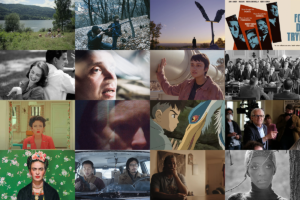
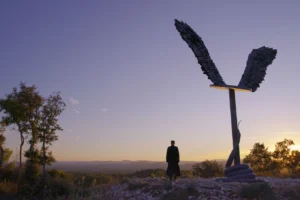
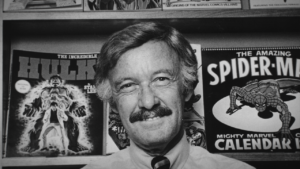
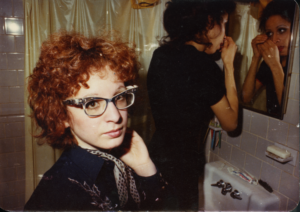
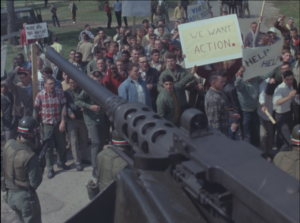
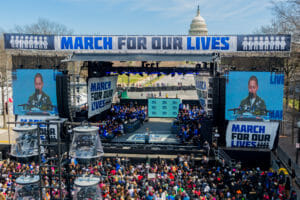
You need to be a supporter to comment.
There are currently no responses to this article.
Be the first to respond.